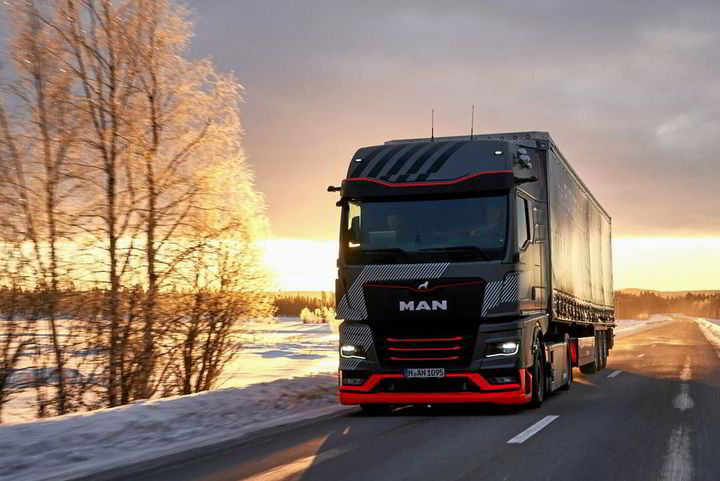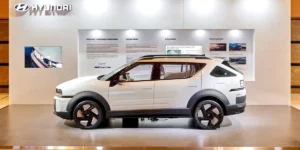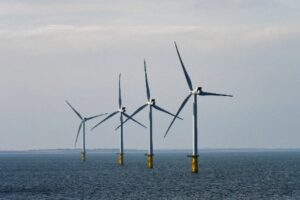Hydrogen trucks will be more expensive to own and operate than battery equivalents in Europe until at least 2040: report

Battery trucks will be cheaper to own and operate in Europe than hydrogen-powered equivalents until at least 2040, according to a new study by US-based non-profit the International Council on Clean Transportation (ICCT).
The Washington DC-based organisation forecast the total cost of ownership (LCO) of a range of potential low-carbon powertrain options, including biofuels, e-fuels, and hydrogen engines, and concluded that battery-powered trucks would be the cheapest option for all six use cases it evaluated in both 2030 and 2040 (see tables below).
Proponents of hydrogen trucking often admit that battery-electric vehicles (BEV) would be the cheaper option, but say long BEV charging times make them an impractical option that does not appeal to freight companies.
But ICCT’s “working paper”, entitled A total cost of ownership comparison of truck decarbonization pathways in Europe, points out that under EU law, truck drivers must take a 45-minute break after every four-and-a-half hours of driving.
“Batteries for long-haul trucks are sized assuming the possibility of opportunity charging during the driver’s mandatory 45-minute break,” the document explains. “We assume 350kW charging technology today and 1MW charging as of 2030, when we expect MW charging to be widely deployed.
“For long-haul trucks driving up to 1,000km, we assume there will be two 45-minute breaks during daily operation.”
Article continues below the advert
Total cost of ownership for different powertrains/fuels and use cases in 2030 (€/km)
| €/km | Light-duty urban truck | Medium-duty urban truck | Heavy-duty regional truck | Long-haul (500km, return to depot) | Long-haul (800km, return to depot) | Long-haul cross-border (1,000km) |
| BEV | 1.03 | 0.87 | 0.83 | 0.94 | 0.93 | 0.91 |
| H2-FCEV | 1.18 | 1.03 | 1.06 | 1.22 | 1.24 | 1.16 |
| H2-ICE | 1.42 | 1.36 | 1.15 | 1.38 | 1.36 | 1.28 |
| E-diesel | 1.34 | 1.25 | 1.12 | 1.36 | 1.34 | 1.27 |
| Diesel | 1.19 | 1.07 | 0.98 | 1.15 | 1.13 | 1.06 |
Total cost of ownership for different powertrains/fuels and use cases in 2040 (€/km)
| €/km | Light-duty urban truck | Medium-duty urban truck | Heavy-duty regional truck | Long-haul (500km, return to depot) | Long-haul (800km, return to depot) | Long-haul cross-border (1,000km) |
| BEV | 1.01 | 0.84 | 0.80 | 0.93 | 0.91 | 0.89 |
| H2-FCEV | 1.09 | 0.92 | 0.92 | 1.08 | 1.06 | 1.00 |
| H2-ICE | 1.32 | 1.23 | 1.05 | 1.24 | 1.23 | 1.15 |
| E-diesel | 1.34 | 1.25 | 1.12 | 1.36 | 1.34 | 1.27 |
| Diesel | 1.19 | 1.07 | 0.98 | 1.15 | 1.13 | 1.06 |
H2-FCEV = Hydrogen-powered fuel-cell electric vehicles; H2-ICE = Trucks with hydrogen-powered internal combustion engines
The paper concludes: “Battery electric trucks are projected to be the least-cost decarbonisation pathway for most truck classes before 2030.
“Medium- and light-duty urban battery electric trucks are already at TCO [total cost of ownership] parity with their diesel counterparts. This is due to their lower operational expenses relative to diesel, which counterweighs their higher upfront cost.
“For heavy-duty long-haul trucks, TCO parity with diesel is expected to be achieved between 2025 and 2026 due to the more expensive upfront costs driven by the large batteries needed to meet high daily driving ranges.”
The good news for hydrogen trucks is that they will not be too far behind batteries.
“Fuel-cell trucks powered by green hydrogen are expected to become cost-competitive with diesel trucks by 2035,” the report explains.
“Given the expected reduction in the price of green hydrogen fuel in the 2030-40 timeframe, fuel-cell trucks will reach TCO parity with diesel trucks by 2030 for medium- and light-duty urban trucks and by 2035 for trucks operating in the long haul.”
But the document does add: “In the long term, fuel-cell trucks will record a 10% to 20% higher TCO than battery electric trucks.”
All other options, including vehicles powered by hydrogen internal combustion engines, will still be more expensive than diesel in 2040 and may never be able to achieve cost parity.






